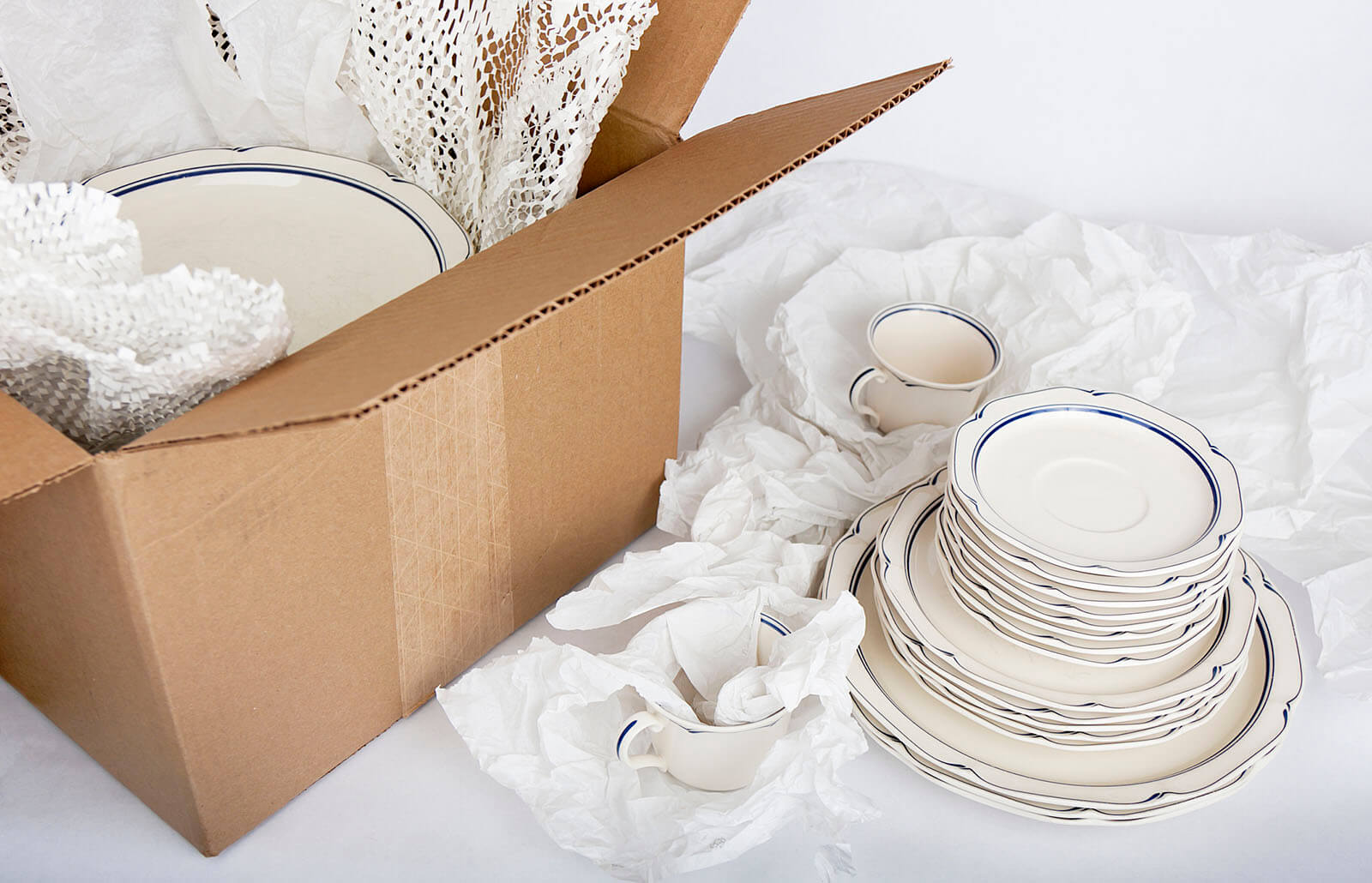

Articles
How To Store China
Modified: January 31, 2024
Learn the best practices for storing delicate china articles and keep them safe for years to come. Discover helpful tips and tricks to preserve your precious china collection.
(Many of the links in this article redirect to a specific reviewed product. Your purchase of these products through affiliate links helps to generate commission for Storables.com, at no extra cost. Learn more)
Introduction
Welcome to the comprehensive guide on how to store your prized china safely and securely. Whether you have a collection of delicate vintage plates or a set of fine bone china, proper storage is essential to protecting these valuable and sentimental pieces for years to come.
China, with its delicate and intricate designs, requires special care when it comes to storage. Improper handling can lead to scratches, cracks, or even complete breakage. By following the steps outlined in this article, you can ensure that your china remains in pristine condition and ready to be used or displayed whenever the occasion calls for it.
From choosing the right storage location to properly wrapping each piece, we will provide you with expert tips and techniques for storing china that will minimize the risks of damage and maximize its longevity.
So, let’s dive into the details and discover how to store your china collection with care and precision.
Key Takeaways:
- Proper storage of china involves choosing the right location, wrapping each piece individually, and organizing containers. This ensures protection from damage and preservation of its beauty for future generations.
- Storing fragile china separately, protecting it from dust and moisture, and maintaining a climate-controlled environment are crucial for long-term preservation. These measures safeguard its elegance and sentimental value.
Read more: How To Store China Without A China Cabinet
Step 1: Choose the Right Storage Location
The first step in properly storing your china is selecting the right storage location. It’s crucial to choose a space that is clean, dry, and free from extreme temperature changes. Here are some factors to consider when selecting the storage location:
- Dedicated space: It’s best to allocate a specific area or a cabinet solely for storing your china. This will help minimize the risk of accidental bumps or falls when retrieving other items.
- Avoid direct sunlight: Exposure to direct sunlight can cause fading and discoloration of your china’s delicate patterns and colors. Choose a storage location away from windows or use curtains or blinds to block out sunlight.
- Stable temperature and humidity: Fluctuations in temperature and humidity can accelerate damage to china. Aim for a storage area with a consistent temperature and humidity level to prevent cracking or warping.
- Avoid high-traffic areas: Try to select a storage location that is less prone to vibrations from foot traffic or household activities. These vibrations can increase the risk of breakage.
- Away from potential hazards: Keep your china away from areas that are prone to water leaks, heat sources, or strong odors. These can potentially damage or affect the quality of your china.
By considering these factors and finding an ideal storage location, you can ensure that your china remains in a safe and stable environment, minimizing the risk of damage and allowing you to enjoy its beauty for many years to come.
Step 2: Prepare the Storage Containers
Once you have chosen the right storage location for your china, it’s time to prepare the storage containers. Here are the essential steps to follow:
- Clean the containers: Before using any storage containers, make sure they are clean and free from dust or debris. Wash them with mild soap and water, and allow them to dry completely before proceeding.
- Choose the right containers: Opt for sturdy and stackable storage containers with lids to provide maximum protection for your china. It’s best to use containers specifically designed for fragile items or ones that have dividers to prevent pieces from shifting and potentially colliding with each other.
- Add padding: Line the bottom of each storage container with a layer of soft padding, such as felt or foam, to create a cushioning barrier for your china.
- Consider individual containers: For particularly delicate or valuable china pieces, it may be beneficial to store them individually in protective sleeves or cloth pouches before placing them in the larger storage container.
By properly preparing the storage containers, you are laying the foundation for secure and organized china storage. The right containers will provide the necessary protection against accidental damage, allowing you to store your china collection with peace of mind.
Step 3: Wrap Each Piece of China Individually
Properly wrapping each piece of china individually is a crucial step in ensuring its protection during storage. Here’s how you can do it:
- Gather the necessary materials: You will need acid-free tissue paper, bubble wrap, and packing tape. Avoid using newspaper or regular tissue paper as they can leave ink or residue on your china.
- Start with a layer of tissue paper: Lay a sheet of acid-free tissue paper flat on your workspace. Place one piece of china in the center of the tissue paper.
- Wrap the china carefully: Fold the corners of the tissue paper over the piece of china, creating a protective layer. Make sure to tuck in any loose edges and create a snug fit.
- Wrap with bubble wrap: Once the china is wrapped in tissue paper, place it in the center of a sheet of bubble wrap. Fold the sides of the bubble wrap over the china and secure it with packing tape.
- Secure the wrapping: Use packing tape to seal any loose edges of the bubble wrap securely. This will provide extra protection against impact and cushion your china during storage.
- Repeat for each piece: Repeat the wrapping process for each piece of china, ensuring that every piece is individually wrapped and secured with bubble wrap and packing tape.
By wrapping each piece of china individually, you create a protective layer that helps prevent scratching, chipping, or cracking. It also allows for easier stacking in the storage containers without the risk of pieces rubbing against each other.
Remember, taking the time to wrap your china properly is a small investment that will go a long way in preserving its beauty and condition for future generations to enjoy.
Step 4: Stack the China Plates Properly
Stacking your china plates properly is essential to prevent damage and maximize space utilization within your storage containers. Follow these steps to stack your plates safely:
- Use plate separators: Place a plate separator between each plate to provide a cushioning barrier and prevent direct contact between the plates. Plate separators are typically made of foam or felt and are designed specifically for china storage.
- Start with the largest plates: Begin stacking with the largest plates at the bottom. This creates a stable base for the entire stack.
- Alternate direction: As you stack the plates, alternate the direction of each plate. For example, if the first plate is facing up, the next plate should face down. This helps distribute the weight evenly and reduces the risk of plates slipping or sliding.
- Place smaller plates towards the top: As you move upwards, place smaller plates towards the top of the stack. This provides stability and prevents top-heavy stacking.
- Avoid overstacking: Be mindful not to stack too many plates together. The weight from excessive stacking can place strain on the bottom plates and increase the risk of breakage.
- Use dividers: If your storage containers have dividers, utilize them to separate the stacks of plates. Dividers provide additional support and prevent plates from shifting or colliding with each other.
- Finish with a layer of padding: Once you have stacked the plates, place a layer of padding, such as felt or foam, on top of the stack. This acts as a protective barrier and provides cushioning.
By stacking your china plates properly, you minimize the chance of breakage and ensure that each plate remains intact and secure. With the right stacking technique, you can optimize storage space while keeping your china plates safe and ready to use for your next special occasion.
When storing china, use acid-free tissue paper or cloth to wrap each piece individually to prevent scratching. Store in a sturdy, stackable container with a tight-fitting lid to protect from dust and breakage.
Read more: How To Store China Dinnerware
Step 5: Store Fragile China Pieces Separately
When it comes to storing fragile china pieces, it’s best to take extra precautions to ensure their safety and protection. Here are the steps to follow:
- Identify fragile pieces: Before storage, identify any particularly delicate or fragile china pieces that require special attention. These can include teacups, saucers, or intricately designed items.
- Wrap individually: Individually wrap each fragile piece using a combination of acid-free tissue paper and bubble wrap. Start with a layer of tissue paper to protect the surface, followed by a layer of bubble wrap for added cushioning.
- Secure with tape: Use packing tape to secure the wrapping and prevent it from unraveling during storage. Be sure not to tape directly onto the china to avoid leaving adhesive residue.
- Store separately: Once wrapped, place each fragile piece in its own individual container or box. This helps prevent any accidental contact or movement that could lead to damage.
- Label the containers: Clearly label the containers as “fragile” or “handle with care” to ensure that anyone handling them is aware of their delicate nature.
- Choose a safe location: Store the fragile china pieces in a location that is easily accessible but away from high-traffic areas or other items that may accidentally bump or stack on top of them.
- Avoid stacking: If possible, avoid stacking fragile pieces on top of each other to minimize the risk of pressure or impact. If stacking is necessary, place a layer of padding between each piece.
By storing fragile china pieces separately, you provide an extra layer of protection that helps safeguard them from potential damage. Taking the time to give these delicate items special attention will ensure their longevity and preserve their delicate beauty for the years to come.
Step 6: Protect the China from Dust and Moisture
To keep your china in optimal condition during storage, it’s important to protect it from dust and moisture. Here are some steps you can take to safeguard your china:
- Use dust covers: Consider using dust covers or cloth wraps to cover your stored china. These covers help prevent dust from settling on the surfaces and keep your china clean.
- Seal containers: Ensure that the storage containers are properly sealed to prevent dust and dirt from entering. Use containers with tight-fitting lids or wrap the containers with plastic wrap for an added layer of protection.
- Avoid cardboard boxes: Cardboard boxes are not ideal for storing china, as they can attract moisture and lead to mold or mildew growth. Opt for plastic or airtight containers instead.
- Place silica gel packets: Insert silica gel packets into the storage containers to absorb any moisture and maintain a dry environment. These packets can be found in packaging or can be purchased separately.
- Avoid storing near water sources: Keep your china storage area away from areas prone to moisture, such as bathrooms, kitchens, or basements. These areas may have higher humidity levels, which can be detrimental to your china.
- Monitor humidity levels: If possible, use a hygrometer or humidity monitor to keep track of the humidity levels in the storage area. Aim for a humidity level of around 50% to prevent any moisture-related damage to your china.
By protecting your china from dust and moisture, you ensure that it remains in pristine condition and ready for use or display whenever needed. These precautions will help prevent tarnishing, staining, or any other damage that can be caused by these environmental factors.
Step 7: Label and Organize the Storage Containers
Labeling and organizing your storage containers is an important step to ensure easy retrieval and efficient management of your china collection. Follow these guidelines to effectively label and organize your containers:
- Label each container: Use a permanent marker or label maker to clearly mark each storage container with identifying information. Include details such as the contents, date stored, and any other relevant information.
- Create an inventory list: Maintain an inventory list of your china collection, noting the specific pieces stored in each container. This list will serve as a reference when you need to locate a specific item.
- Number or code the containers: Assign a unique number or code to each storage container. This will help in tracking and organizing the containers, especially if you have a large china collection.
- Group similar pieces together: Organize your china collection by grouping similar pieces together, such as plates, teacups, or serving dishes. This arrangement will facilitate easy access to specific items when needed.
- Consider storing by occasion: Alternatively, you may choose to organize your china by occasion or theme, such as Christmas, birthdays, or formal dinners. This can be helpful if you frequently use specific pieces for certain events.
- Keep an index card or digital file: Create an index card or digital file that provides a quick reference to the location and contents of each storage container. This will save you time when searching for a particular piece.
- Utilize storage racks or shelves: If space permits, invest in storage racks or shelving units specifically designed for china. These racks will help you organize the containers efficiently and prevent any stacking mishaps.
- Maintain a clear pathway: Leave enough space between the storage containers to allow for easy navigation and retrieval. This will prevent accidental damage to other containers when accessing a specific one.
By labeling and organizing the storage containers, you streamline the process of locating and retrieving your china collection. It also helps in preserving the organization and structure of your storage area, making it easier to maintain and update whenever needed.
Step 8: Store the China in a Climate-Controlled Environment
To ensure the long-term preservation of your china, it is vital to store it in a climate-controlled environment. Here are the steps to achieve this:
- Temperature control: Maintain a consistent temperature in the storage area, ideally between 60 to 70 degrees Fahrenheit (15 to 21 degrees Celsius). Avoid extreme temperature fluctuations as they can cause expansion and contraction, leading to damage.
- Humidity regulation: Aim for a relative humidity level of around 50%. Excess humidity can promote mold growth while low humidity can cause china to become brittle. Use a dehumidifier or humidifier to regulate moisture if necessary.
- Avoid direct sunlight: UV rays from direct sunlight can fade patterns and colors on your china over time. Store your china away from windows or use curtains or blinds to block out sunlight.
- Avoid exposure to heat sources: Keep your china away from heating vents, radiators, or any other sources of heat. High temperatures can cause the china to expand and potentially crack.
- Air circulation: Adequate air circulation is important to prevent stale air and musty odors. Ensure there is sufficient ventilation in the storage area by using fans or opening windows periodically.
- Monitor conditions: Use a digital hygrometer and thermometer to regularly monitor the temperature and humidity levels in the storage area. This allows you to promptly address any fluctuations or potential issues.
- Consider a dedicated china cabinet: Invest in a dedicated china cabinet equipped with climate control features such as temperature and humidity controls. These cabinets are designed specifically for china storage and offer optimal protection.
- Choose a secure location: Select a secure storage area that is free from potential hazards such as leaks, pests, or excessive dust. Keep your china off the floor to avoid any accidental damage.
By storing your china in a climate-controlled environment, you create the ideal conditions for its preservation. Proper temperature, humidity regulation, and protection from sunlight and heat sources significantly reduce the risk of damage and ensure that your china retains its beauty and value for generations to come.
Read more: How To Store Fine China
Conclusion
Properly storing your china is essential for preserving its beauty, value, and sentimental significance. By following the steps outlined in this comprehensive guide, you can ensure that your cherished collection remains protected and ready to be enjoyed for years to come.
From choosing the right storage location to wrapping each piece individually and organizing your storage containers, each step plays a vital role in safeguarding your china. Taking the time to wrap and stack your plates properly, storing fragile pieces separately, and protecting your china from dust and moisture are crucial measures to prevent damage.
In addition, labeling and organizing your storage containers, along with maintaining a climate-controlled environment, will ensure easy retrieval and optimal preservation of your cherished china collection. All these measures combined will help minimize the risk of breakage, scratches, or fading, allowing your china to retain its pristine condition and timeless elegance.
Remember, investing in proper storage techniques is an investment in the longevity of your china. Whether you store it as a cherished family heirloom to be passed down through generations or for regular use during special occasions, your careful attention to storage will keep it looking as beautiful as the day it was acquired.
So, take the time to implement these steps and enjoy the peace of mind that comes with knowing your china is protected. With proper storage, your collection will continue to delight and impress, adding a touch of elegance to your life for years to come.
Frequently Asked Questions about How To Store China
Was this page helpful?
At Storables.com, we guarantee accurate and reliable information. Our content, validated by Expert Board Contributors, is crafted following stringent Editorial Policies. We're committed to providing you with well-researched, expert-backed insights for all your informational needs.
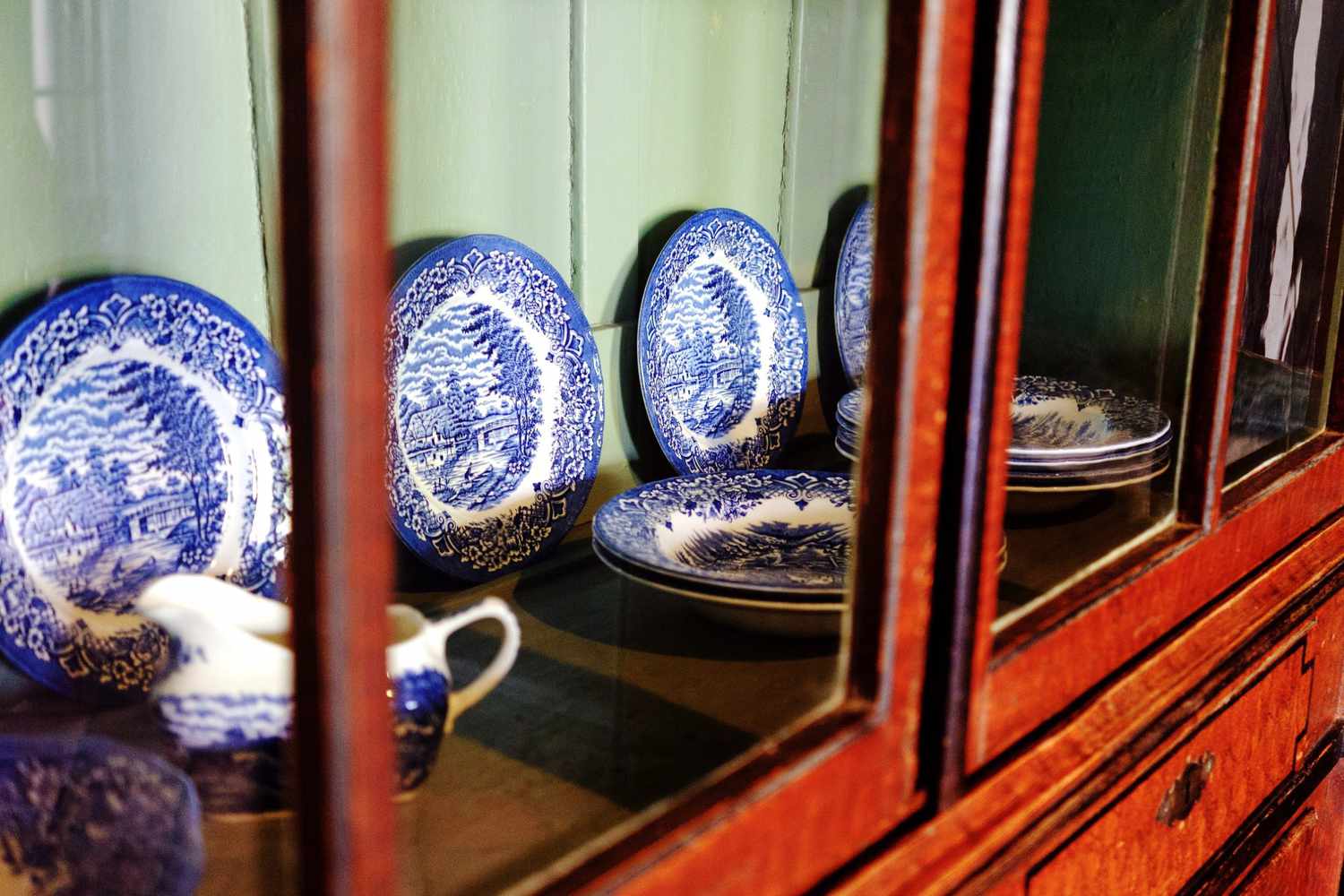
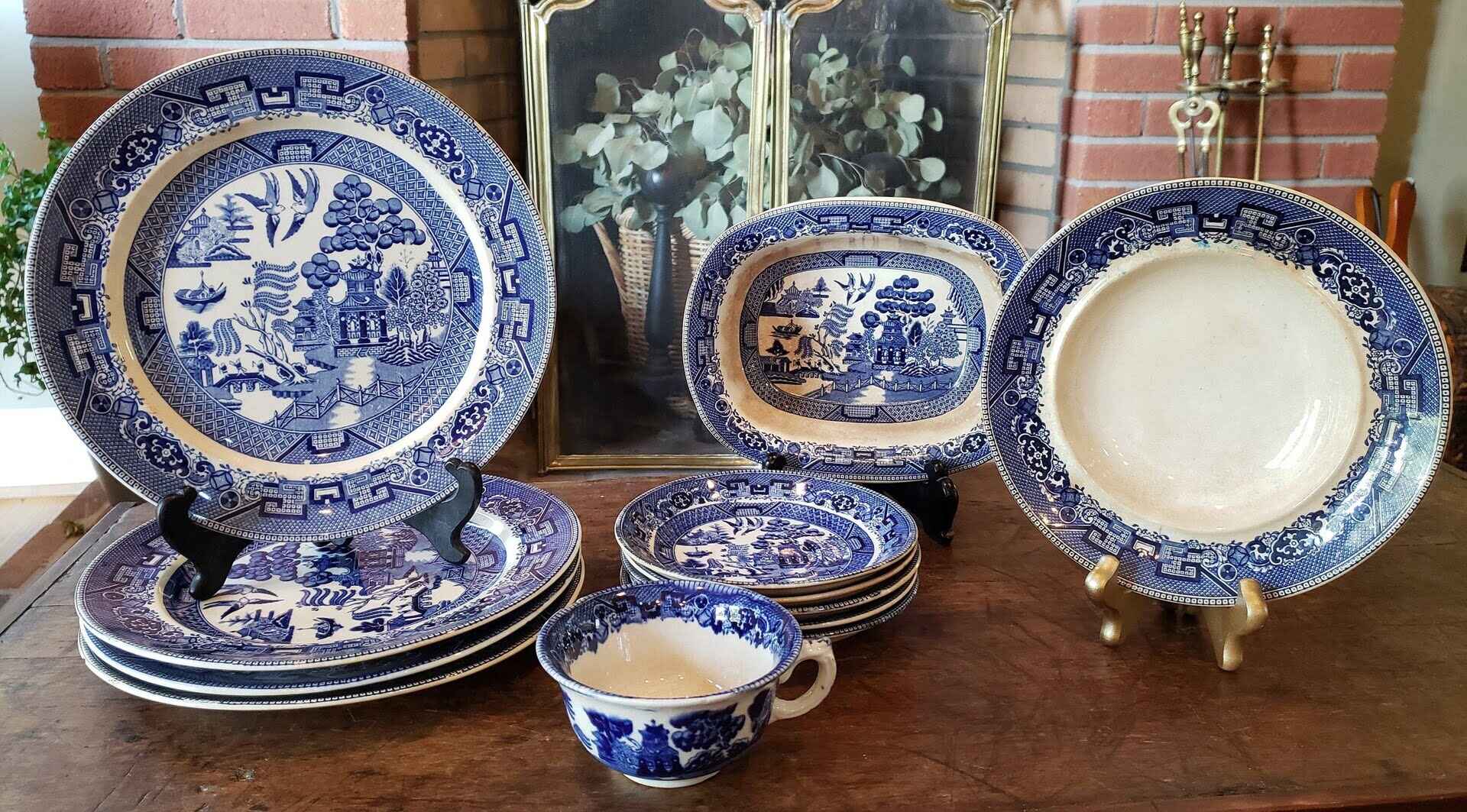
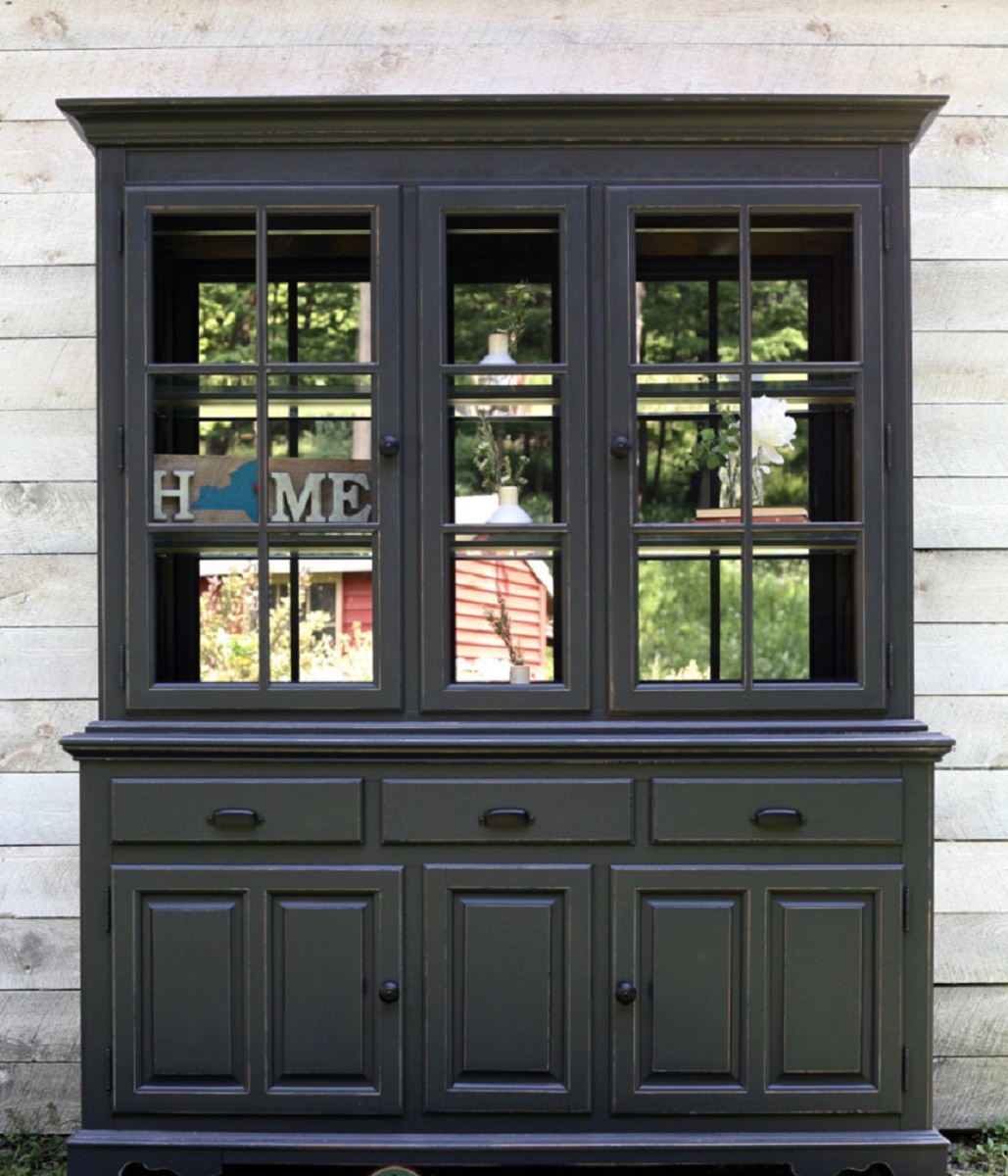
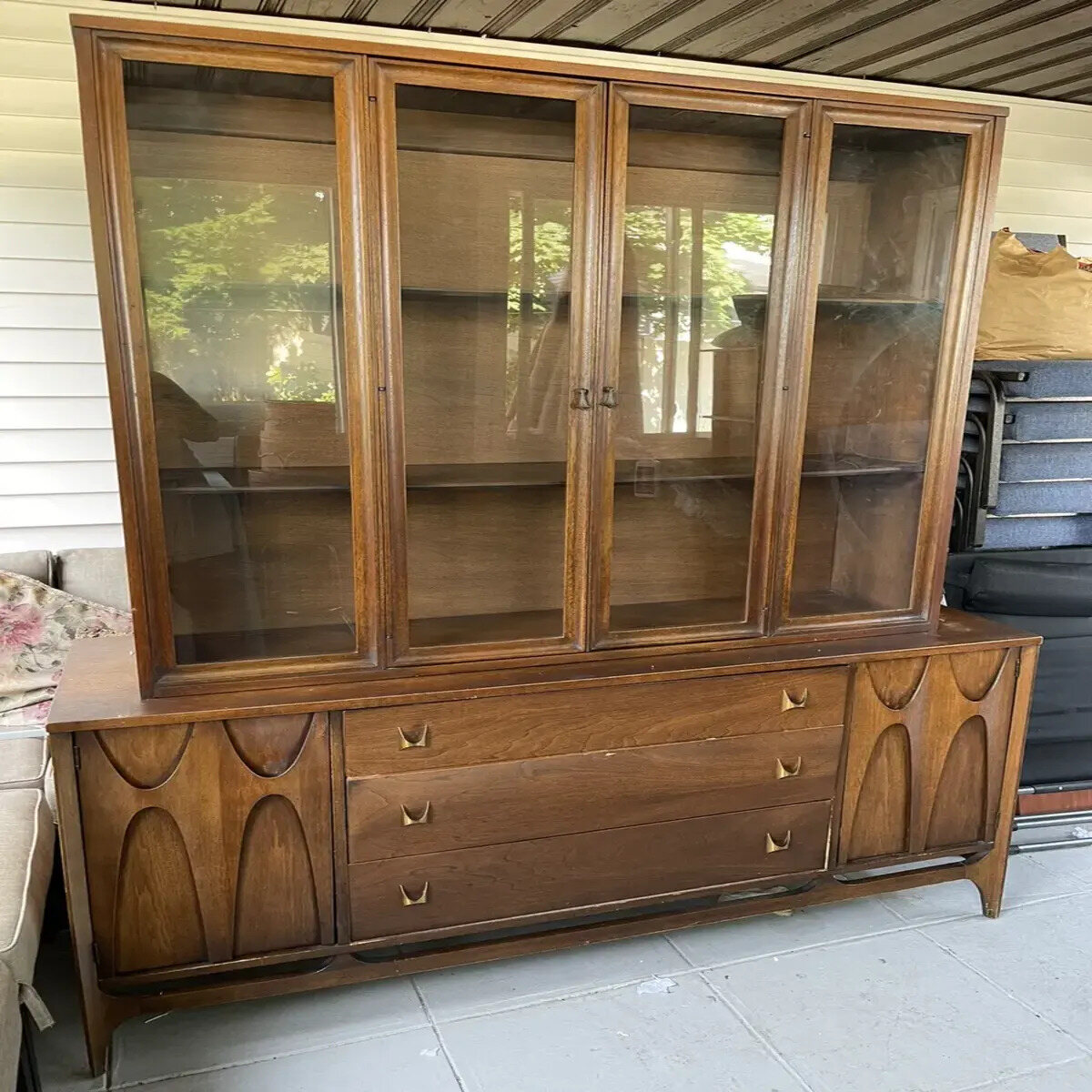
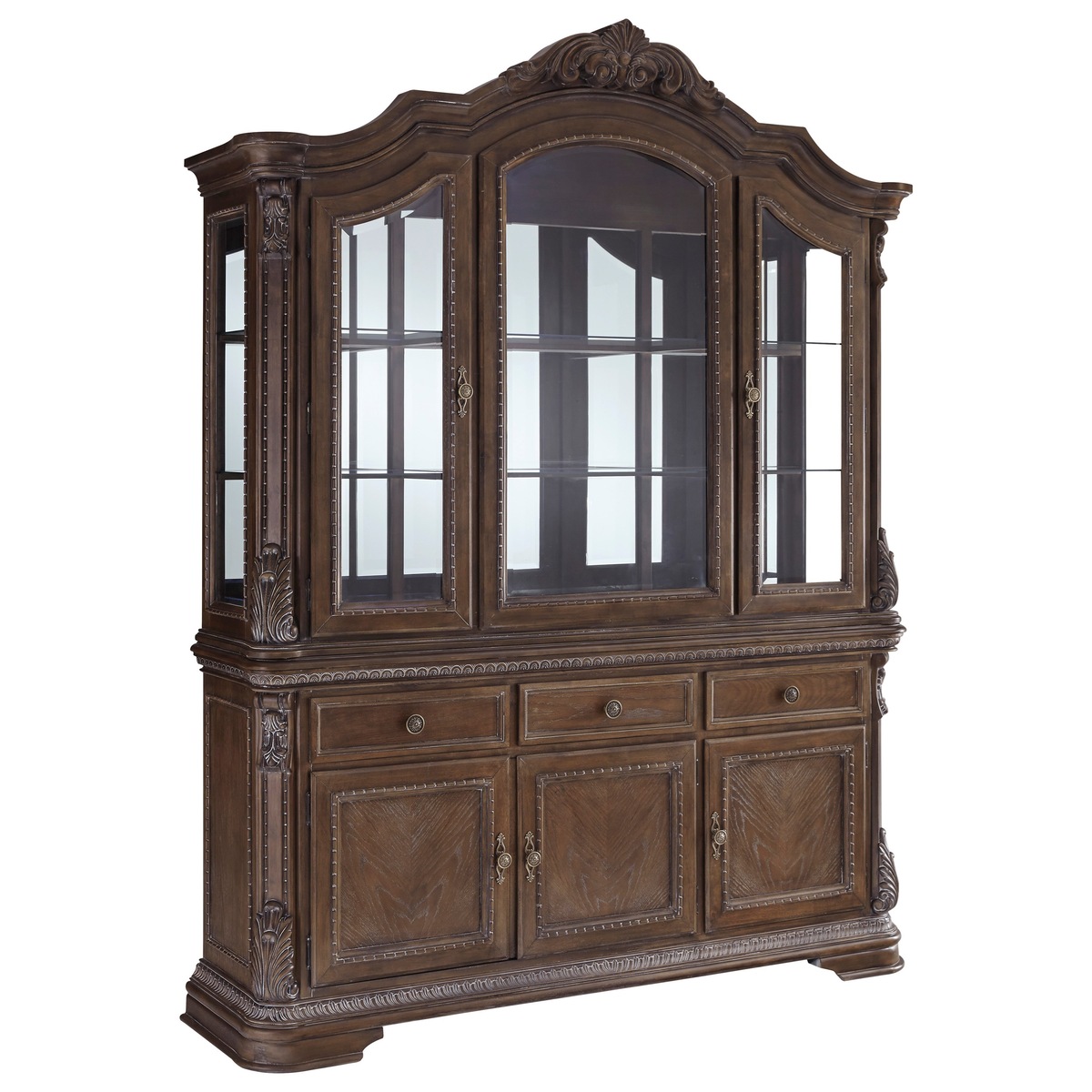
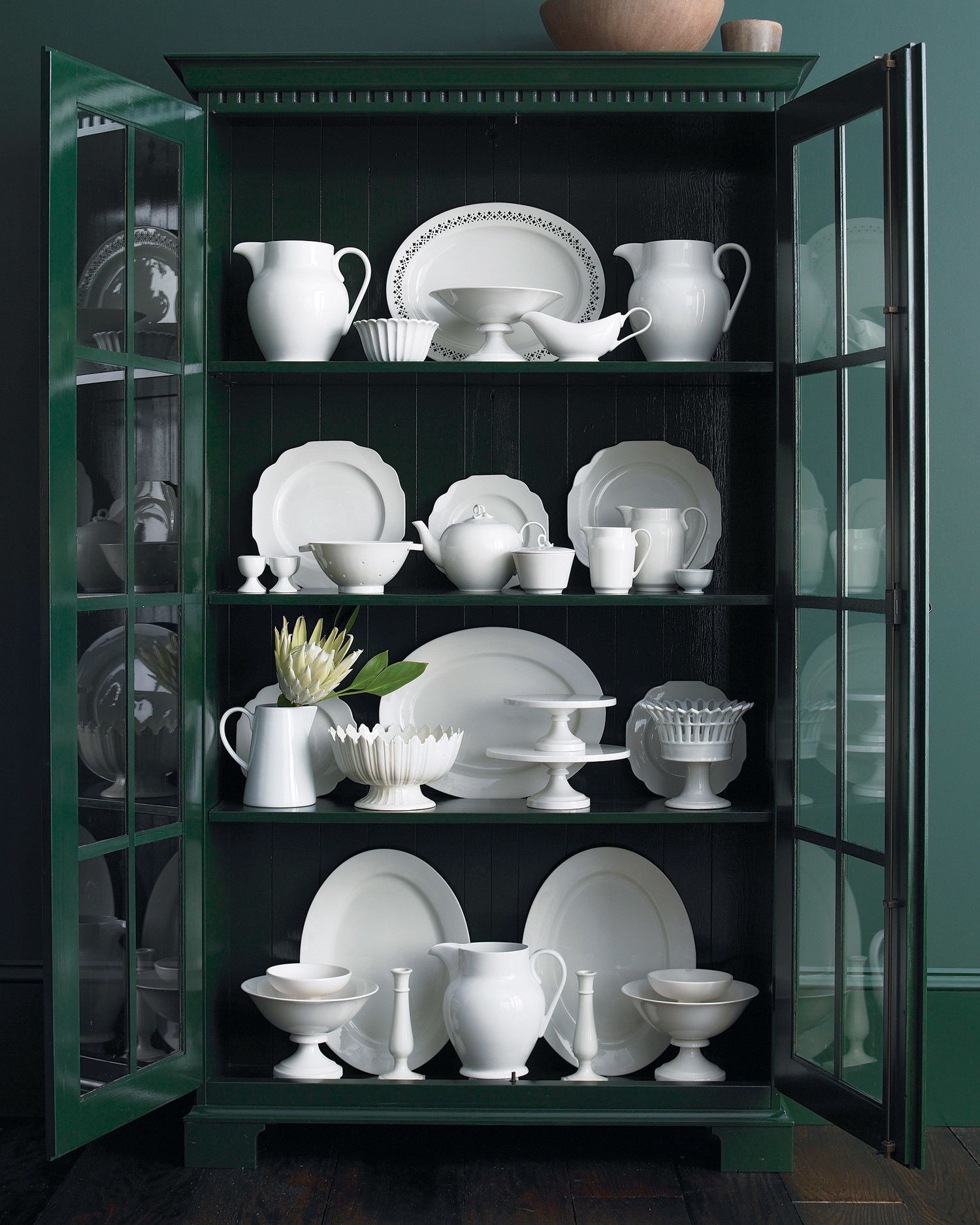
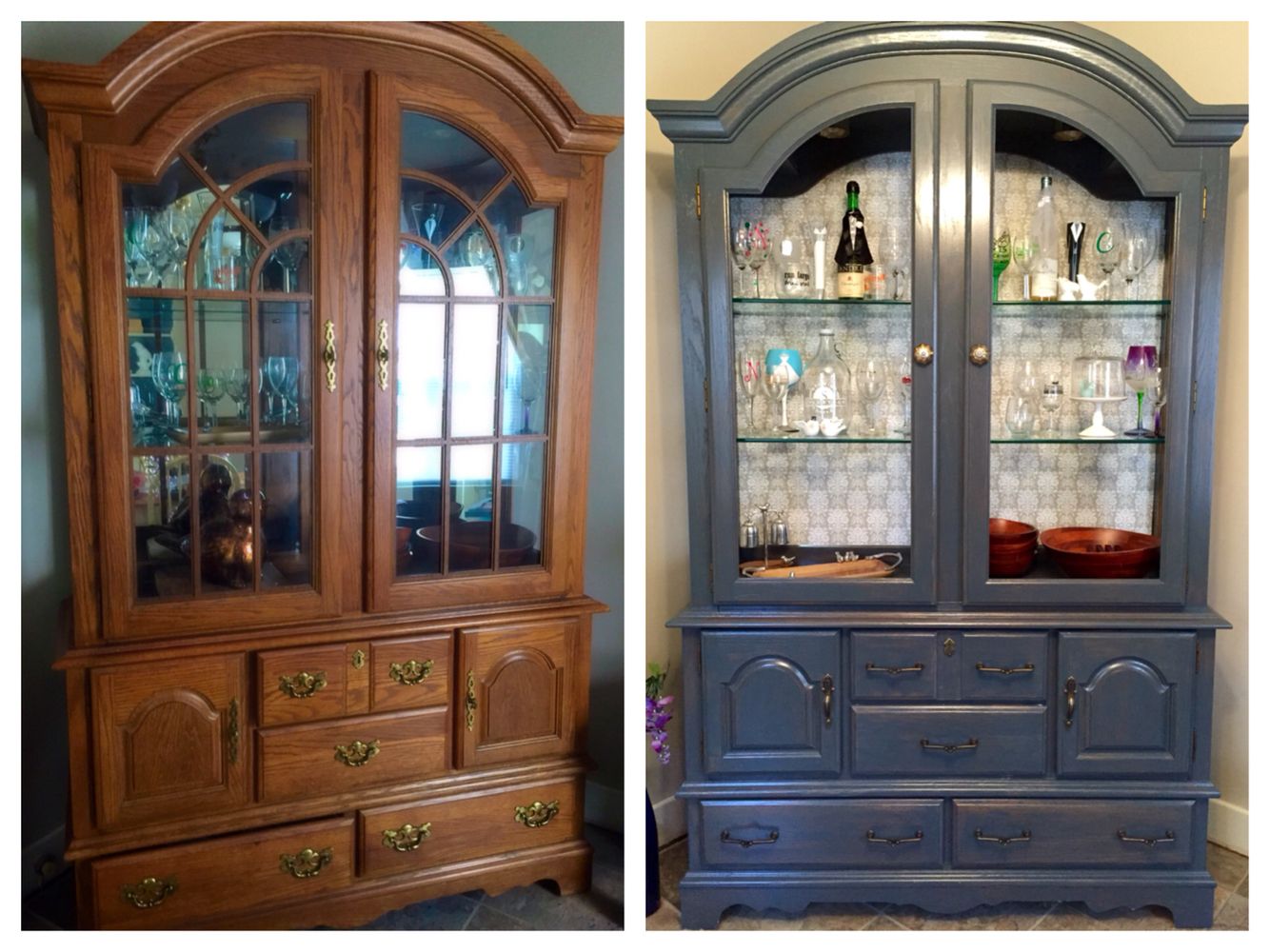
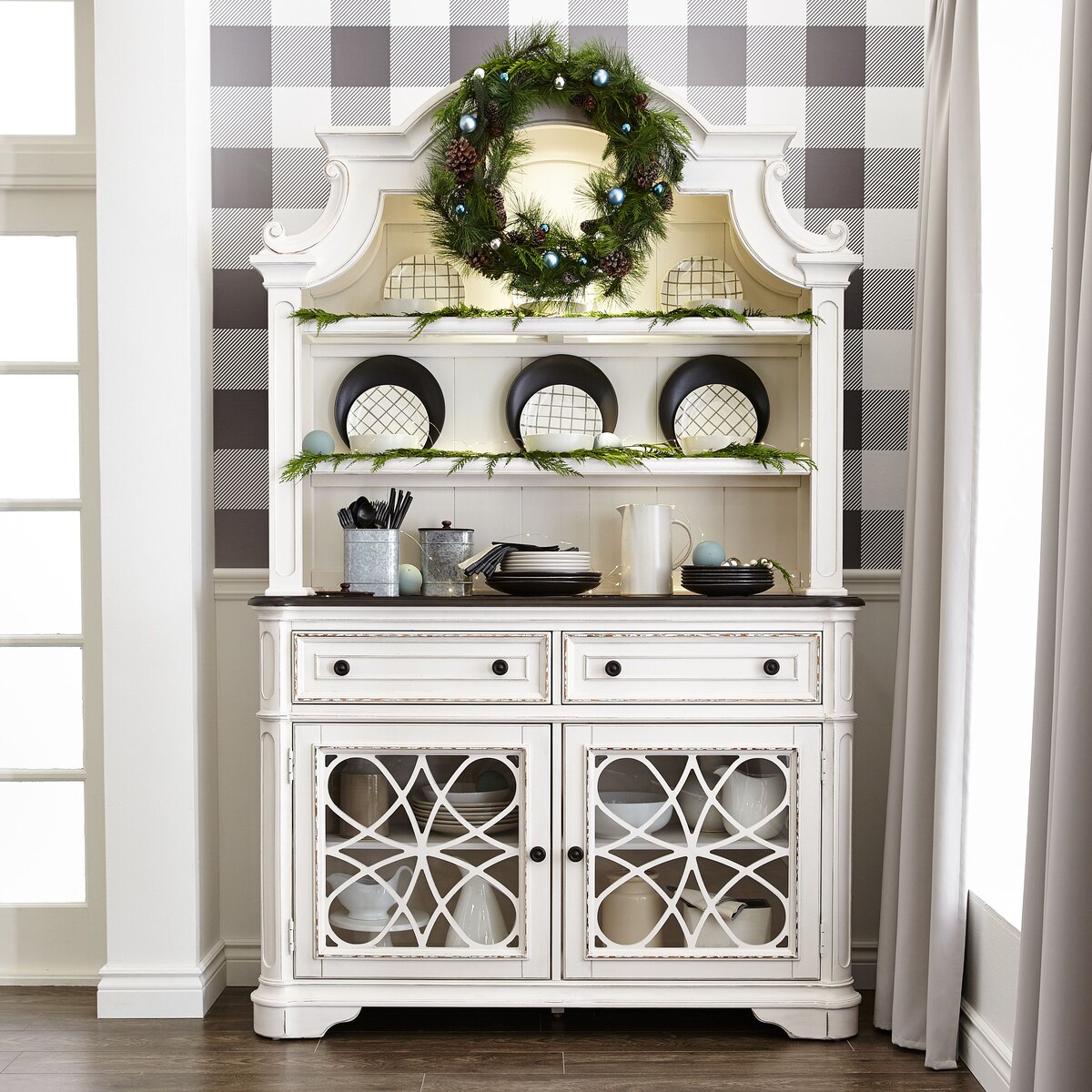
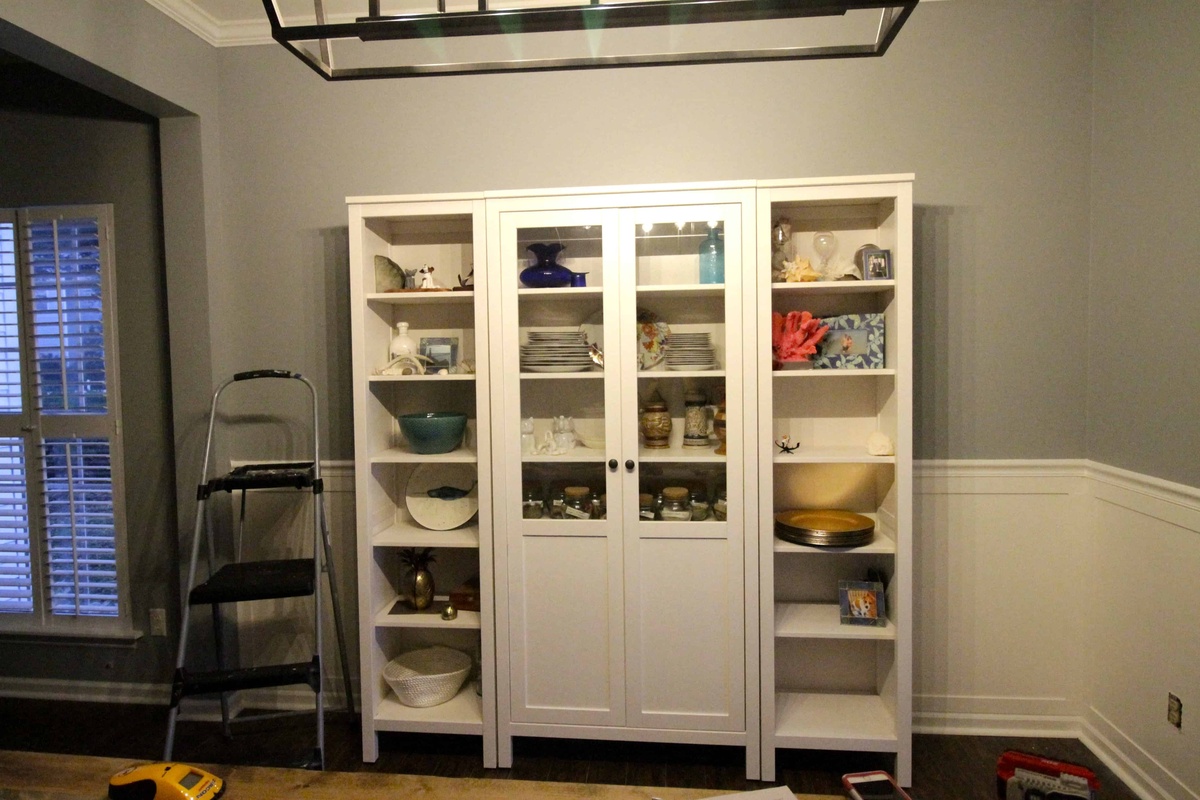
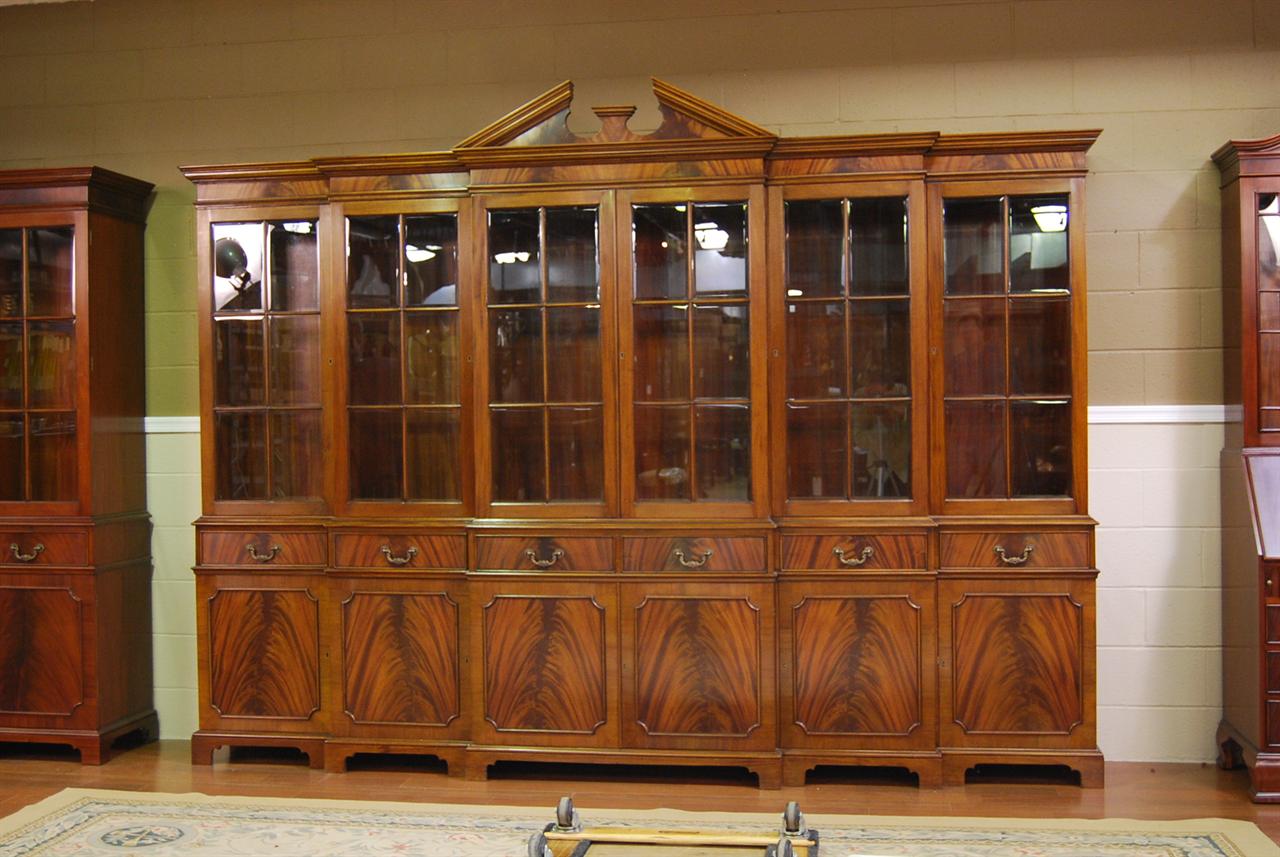
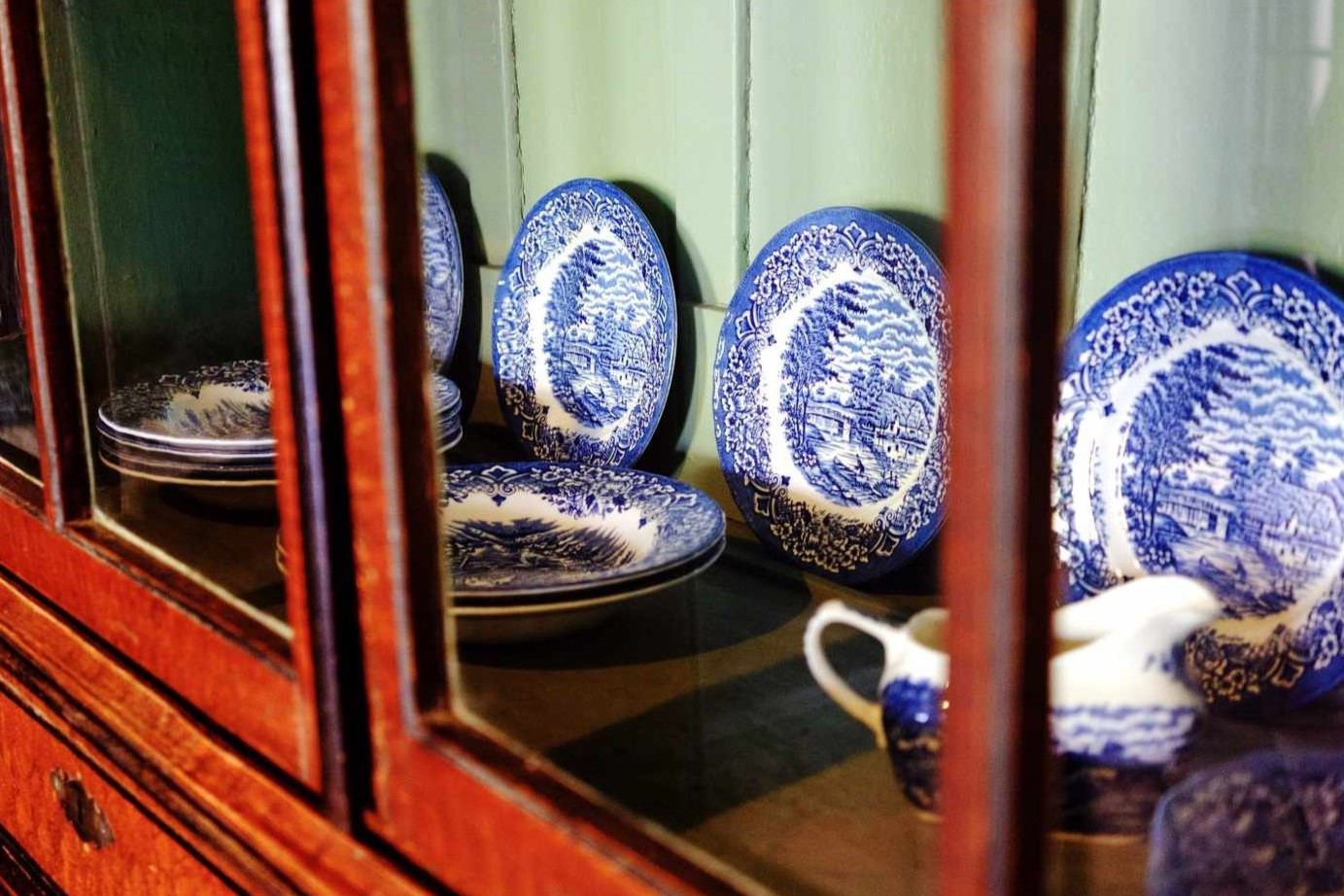
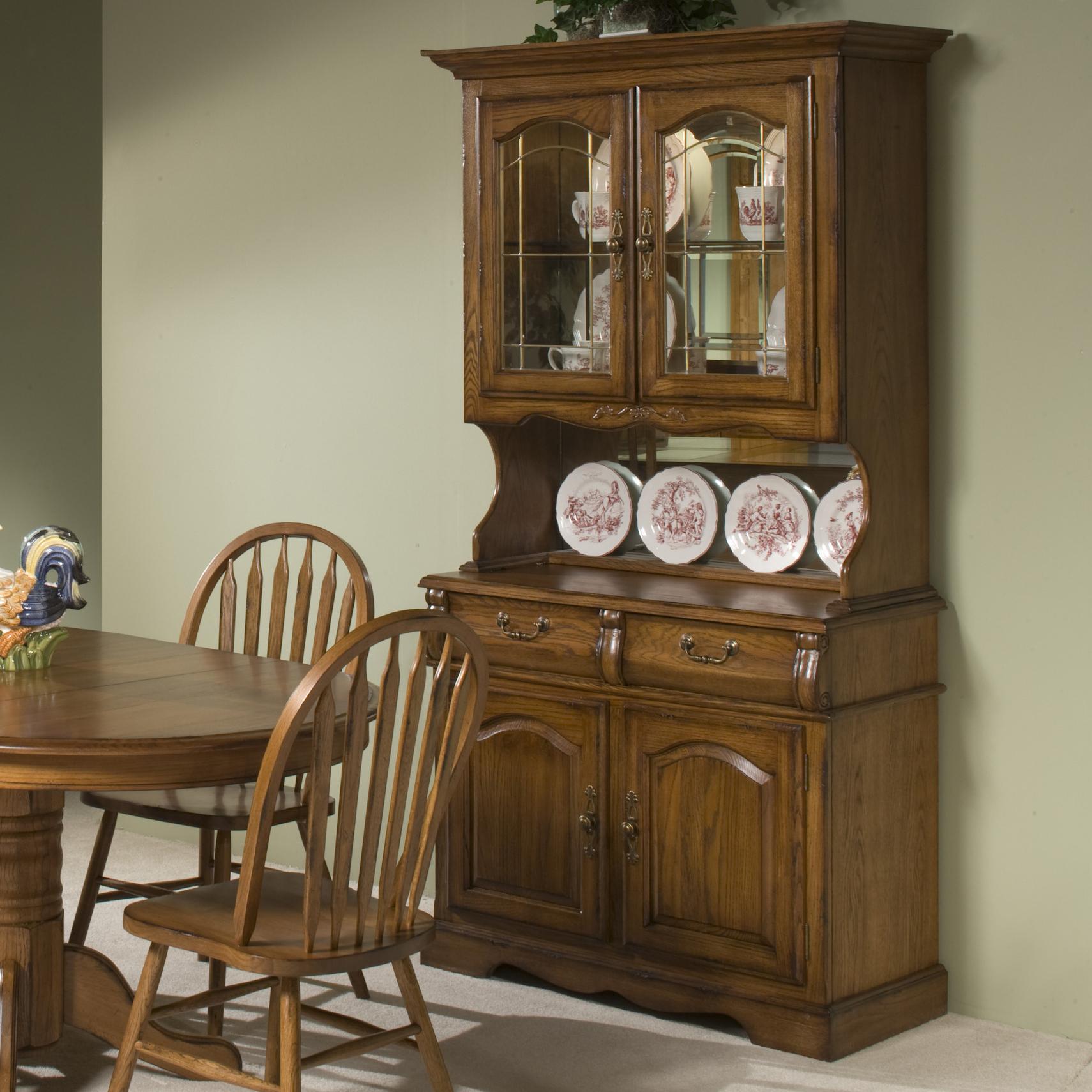
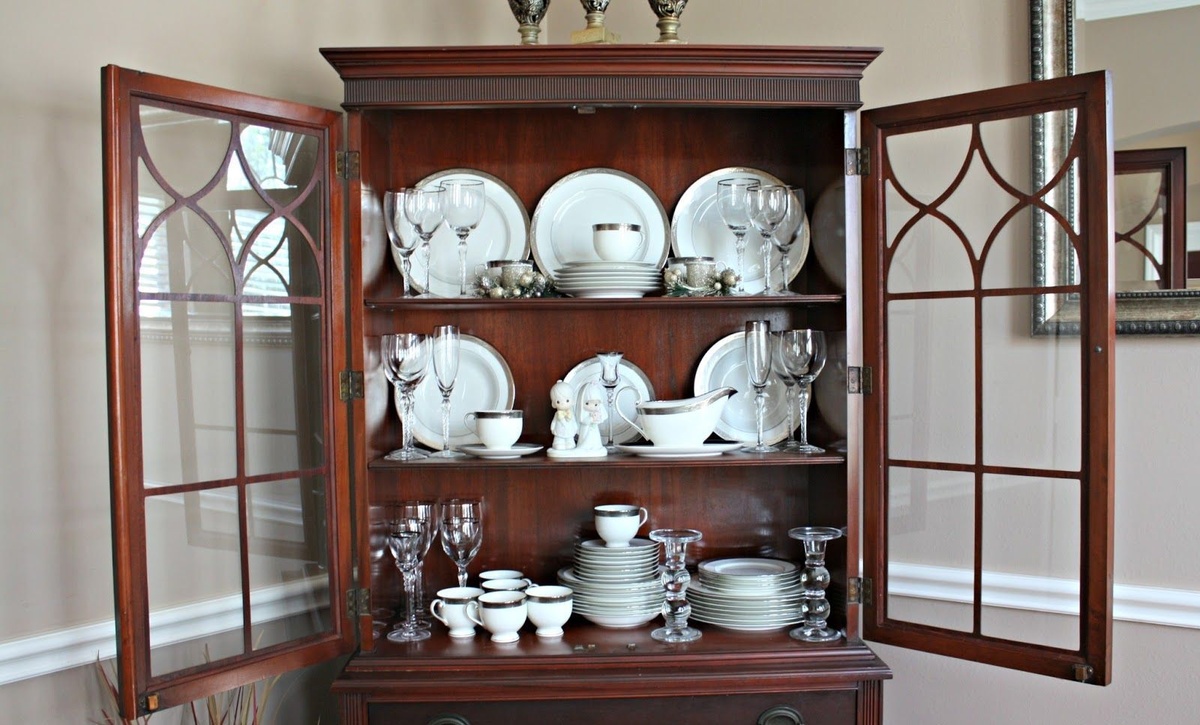

0 thoughts on “How To Store China”